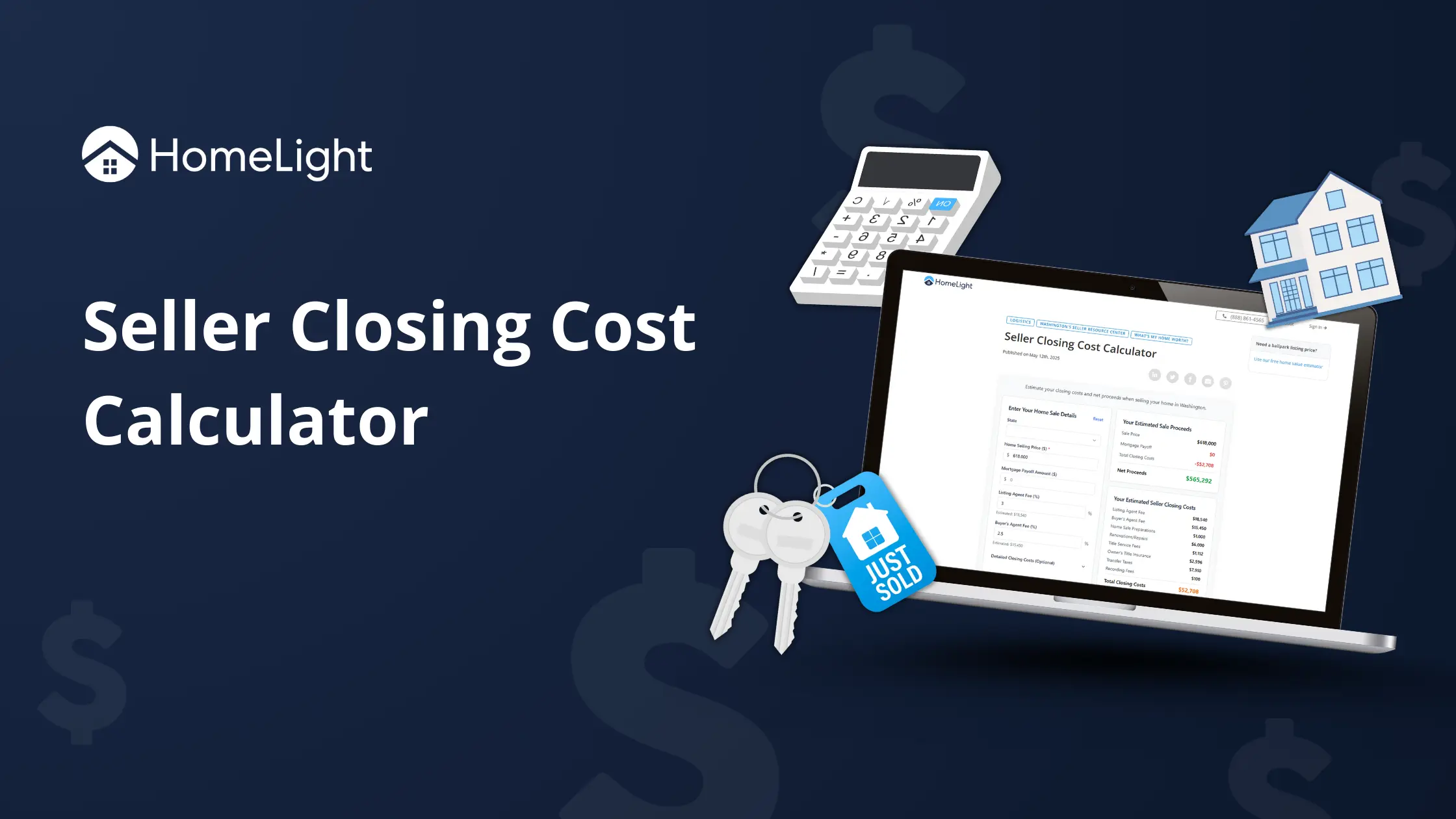
You may have found it; the perfect home in the area where you want to live. You’re told that the seller is receiving multiple offers, but some have attached contingencies — conditions the other buyers have included in their offers. Now is the time to act, but you need to know how to beat a contingent offer. We’ve compiled 10 proven tips to help you craft an offer that not only shines but also gives you the upper hand. From getting pre-approved for your mortgage to offering flexible closing dates, these strategies are designed to put you in a stronger position. Here’s how you can beat a contingent offer and move one step closer to securing your future home. Securing a mortgage pre-approval is perhaps the most important first step in making a compelling offer. It not only demonstrates to sellers that you’re financially prepared but also accelerates the purchase process once you’ve found the perfect home. By showing sellers your readiness to buy, a pre-approval letter can set you apart, especially in a competitive market or when bidding on a coveted property where every advantage counts. It’s important to note that there is a difference between a mortgage pre-qualification and a mortgage preapproval. A pre-approval is a step up from a pre-qualification. This proactive approach ensures you’re seen as a serious buyer and can make your offer more appealing than a contingent one. When crafting an offer that stands out, minimizing or completely avoiding requests for seller concessions can significantly boost your chances. Seller concessions are benefits a buyer asks the seller to provide, which can range from covering closing costs to requesting repairs or improvements before the sale. While these can be helpful in some negotiations, they often act as obstacles in competitive scenarios. In a market where you’re up against contingent offers, presenting a clean, straightforward proposal without additional financial burdens on the seller can position your offer more favorably. This piece of advice might seem straightforward, but it’s a pitfall you want to avoid when you’re trying to win a house in a multiple-offer situation. Asking for personal property not included in the sale — like a pool table, patio furniture, a jacuzzi, or especially items on the seller’s exclusion list, such as a chandelier — can complicate negotiations and potentially sour an otherwise attractive offer. Similar to limiting seller concessions, refraining from requesting personal items helps streamline the transaction and demonstrates respect for their property and attachments, making your offer stand out for the right reasons. Partnering with a leading real estate agent is key to navigating competitive markets. Top agents have a deep understanding of local trends, strong negotiation skills, and insights into what sellers value most in an offer. They can tailor your proposal to stand out against contingent and non-contingent offers by emphasizing your readiness and flexibility. An experienced agent also has a network of connections that can provide early access to listings and insights into seller preferences. Their expertise not only boosts your chance of winning but also ensures a smoother transaction from start to finish. When competing for a house you love, offering more than the asking price can be a decisive move to outshine contingent offers. This strategy signals to the seller your serious interest and financial flexibility. It’s not just about outbidding others; it’s demonstrating your commitment to securing the home.1. Get pre-approved for your mortgage loan
2. Limit or eliminate seller concession requests
3. Don’t ask for the seller’s stuff
4. Work with a top real estate agent
5. Offer above the home’s asking price



